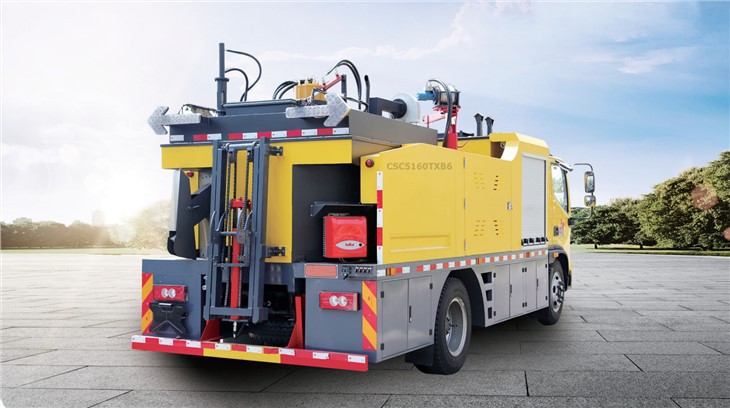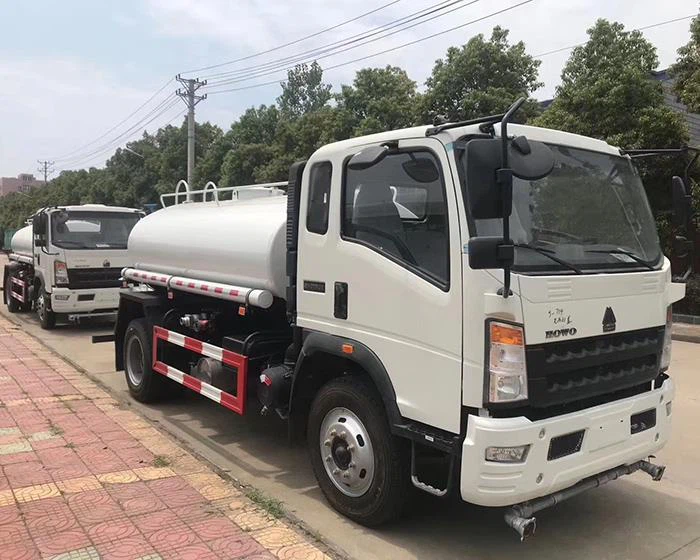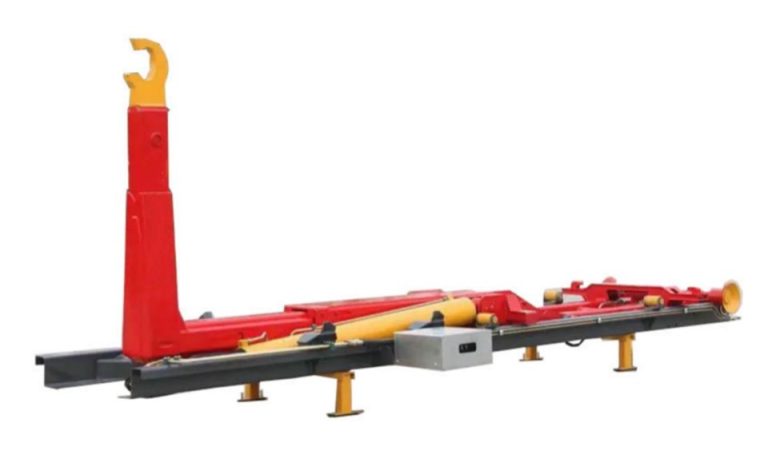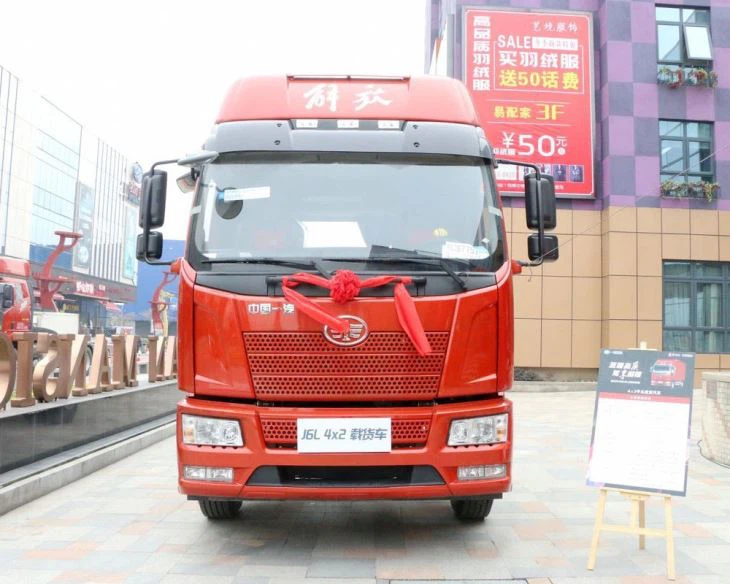Road sweeping machines are crucial for maintaining clean and safe roadways, parking lots, and other surfaces. These machines help remove debris, dirt, and waste, improving environmental conditions and enhancing the aesthetic appeal of urban areas. In this article, we will explore everything there is to know about road sweeping machines, from their types and working principles to their benefits and common applications.
What are Road Sweeping Machines?
Road sweeping machines are specialized vehicles designed to clean road surfaces efficiently. They typically use brushes, vacuum systems, or a combination of both to collect dirt, debris, and litter from roads. The importance of these machines cannot be overstated, as they contribute significantly to public health, safety, and environmental sustainability.
Types of Road Sweeping Machines
1. Mechanical Road Sweepers
Mechanical road sweepers use rotating brushes to gather debris, which is then transferred to a collection hopper. These machines are widely used for their effectiveness in removing loose litter and gravel.
Advantages of Mechanical Sweepers
- Cost-effective
- Simple operation and maintenance
2. Vacuum Road Sweepers
Vacuum road sweepers employ suction to remove dirt and debris from road surfaces. This makes them ideal for collecting finer particles and ensuring a thorough cleaning.
Advantages of Vacuum Sweepers
- Efficient in collecting dust and small particles
- Reduces airborne dust and improves air quality
3. Regenerative Air Sweepers
Regenerative air sweepers use a powerful airflow to lift debris while simultaneously vacuuming it away. This technology is known for its ability to clean surfaces deeply without damaging them.
Advantages of Regenerative Air Sweepers
- Excellent for maintaining delicate surfaces
- Minimizes the need for water use
4. Vacuum Tankers
These machines are specifically designed for more difficult jobs, such as cleaning up liquid spills or sludge. Vacuum tankers can handle both solid and liquid waste effectively.
Advantages of Vacuum Tankers
- Versatile for different cleaning tasks
- Capable of handling hazardous waste
How Road Sweeping Machines Work
Understanding the working principle of road sweeping machines is key to utilizing them effectively. Here’s a breakdown of their operations:
1. Brush Mechanism
The brush mechanism is typically powered by the machine’s engine, rotating at high speeds to lift debris from the surface. The angle of the brushes can be adjusted to maximize cleaning efficiency.
2. Suction System
The suction system collects the debris that has been lifted by the brushes. This system is crucial for ensuring fine particles and dust are removed effectively.
3. Collection Hopper
All collected debris is stored in a designated compartment known as the collection hopper. Depending on the model, these hoppers can have varying capacities.
4. Disposal Mechanism
Once the hopper is full, machines can either compact the waste for easier disposal or unload it at designated waste management facilities.
Benefits of Using Road Sweeping Machines
1. Public Health and Safety
Regular road sweeping minimizes health hazards by reducing dust and debris that can cause respiratory problems. Clean roads also reduce accidents caused by roadside litter.
2. Environmental Impact
By effectively cleaning roads, sweeping machines help decrease pollution and runoff into waterways, thus protecting local ecosystems.
3. Cost Efficiency
Investing in road sweeping machines can save municipalities money in the long run by reducing road repairs and improving public infrastructure.
4. Improved Aesthetics
Clean streets enhance the visual appeal of urban areas, promoting tourism and improving community pride.
Applications of Road Sweeping Machines
1. Urban Street Cleaning
Regular maintenance of city roads, sidewalks, and parking lots ensures a clean environment for residents and visitors alike.
2. Construction Sites
After construction activities, road sweeping machines play a vital role in cleaning up debris, ensuring safety, and minimizing hazards for vehicles.
3. Airports
Airports use specialized sweepers to maintain runways and taxiways, where even small pieces of debris can cause serious safety issues.
4. Industrial Applications
Manufacturing plants and industrial sites often use road sweepers to maintain clean environments for both workers and machinery.
Selecting the Right Road Sweeping Machine
Choosing the right road sweeping machine depends on several factors, including:
1. Type of Debris
Consider the nature of the debris to be cleaned. Metal scraps may require a different approach than leaves or fine dust.
2. Area Size
The size of the area to be cleaned will also determine the type of machine needed. Larger areas may necessitate more powerful vehicles.
3. Budget
Evaluate budget constraints, including purchase price, maintenance costs, and operating expenses over time.
4. Frequency of Use
Consider how often the machine will be used to determine whether to purchase or lease.
Maintenance Tips for Road Sweeping Machines
1. Regular Inspections
Conduct routine inspections to catch any potential issues early. Check the brushes, vacuum system, and overall machine performance.
2. Clean Filters and Hoppers
Regularly clean vacuum filters and empty hoppers to maintain optimal operation and prevent clogs.
3. Lubrication
Ensure that all moving parts are well-lubricated to minimize wear and tear.
4. Follow Manufacturer Recommendations
Refer to the manufacturer’s manual for specific maintenance guidelines and schedules.
Cost Factors of Road Sweeping Machines
The cost of road sweeping machines can vary widely based on features, capabilities, and brand. Here’s a breakdown of cost factors:
1. Purchase Price
| Type | Price Range |
|---|---|
| Mechanical Sweepers | $30,000 – $50,000 |
| Vacuum Sweepers | $50,000 – $150,000 |
| Regenerative Air Sweepers | $80,000 – $200,000 |
2. Maintenance Costs
Ongoing maintenance costs can include repairs, parts replacement, and routine services, typically ranging from $5,000 to $15,000 annually, depending on usage and type.
3. Operating Costs
Fuel and labor costs are also significant considerations when calculating overall operating expenses.
FAQs about Road Sweeping Machines
1. How often should roads be swept?
The frequency of road sweeping can depend on traffic levels, weather conditions, and local regulations. Generally, urban areas may require weekly sweeps, while rural locations might only need them monthly.
2. Can road sweeping machines clean all types of debris?
While road sweepers are effective at picking up many types of debris, very large items may require manual collection.
3. Are road sweeping machines environmentally friendly?
Yes, modern road sweeping machines are designed to reduce dust emissions and utilize efficient cleaning methods to minimize environmental impact.
4. What maintenance is required for road sweeping machines?
Regular checks on the brushes, suction systems, and gears are essential, along with cleaning filters and maintaining oil levels.
5. Can road sweeping machines be operated by anyone?
Most road sweeping machines require trained operators to ensure they are used safely and effectively.
6. What’s the lifespan of a road sweeping machine?
With proper care and maintenance, a road sweeping machine can last 10 to 15 years or more, depending on the model and usage intensity.



